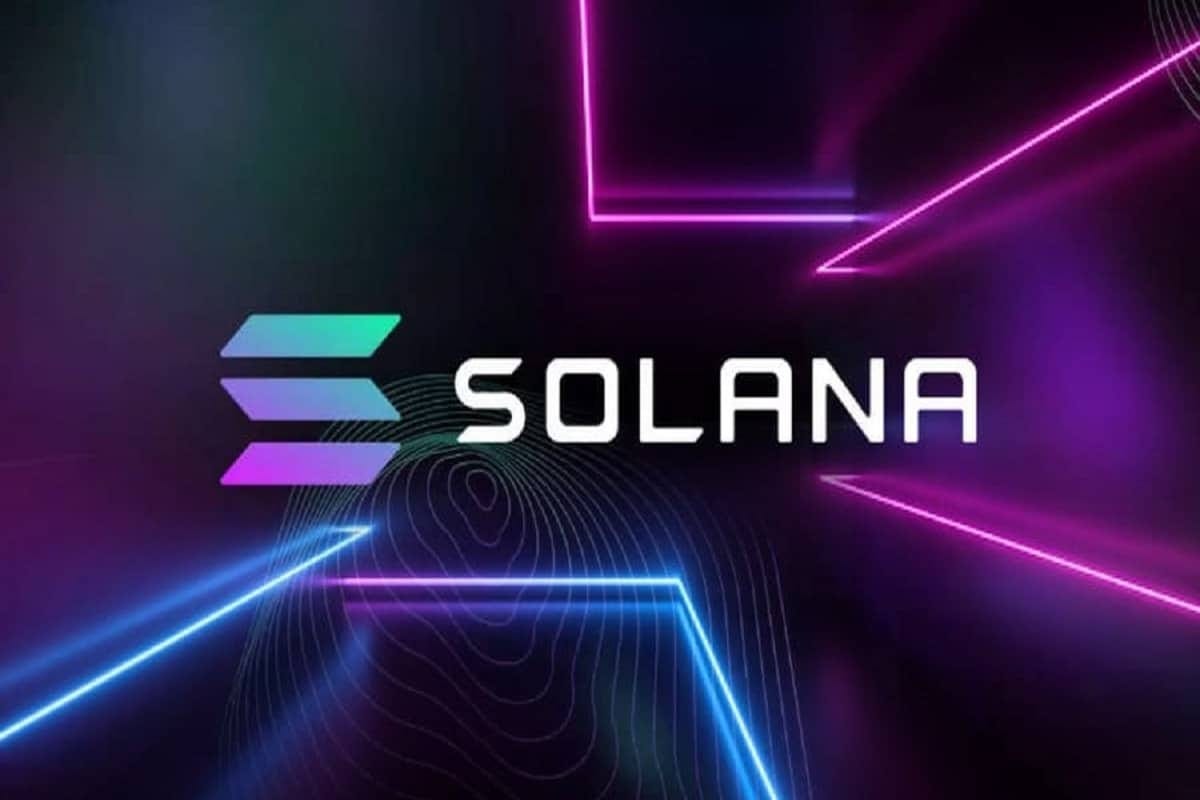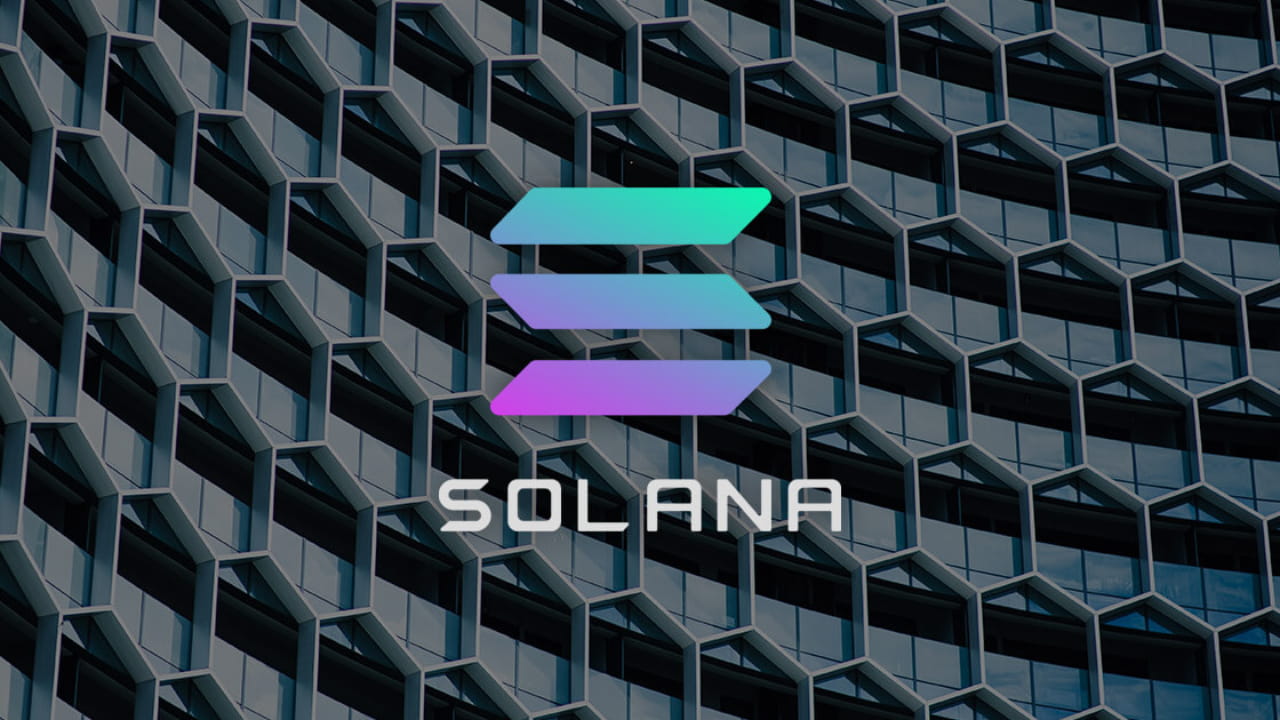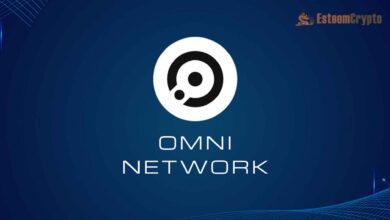Solana Smart Contracts Explained Complete Guide to Building on Solana Blockchain

The blockchain landscape has evolved dramatically, and Solana smart contracts explained in simple terms reveal why this high-performance network has captured developers’ attention worldwide. Unlike traditional blockchains that struggle with scalability, Solana processes thousands of transactions per second while maintaining low costs and decentralization. Smart contracts on Solana, called “programs,” operate differently from Ethereum’s approach, offering unique advantages for developers building decentralized applications.
Understanding how Solana smart contracts work is crucial for anyone looking to develop on one of the fastest-growing blockchain ecosystems. This comprehensive guide will walk you through everything from basic concepts to advanced development techniques, ensuring you have the knowledge needed to start building on Solana today.
What Are Solana Smart Contracts and How Do They Work
Solana smart contracts, technically called “programs,” are self-executing pieces of code that run on the Solana blockchain network. These programs automatically enforce agreements and execute transactions when predetermined conditions are met, eliminating the need for intermediaries.
The fundamental difference between Solana programs and traditional smart contracts lies in their architecture. While Ethereum smart contracts store both code and data together, Solana separates program logic from account data. This separation allows for more efficient processing and enables Solana’s remarkable transaction throughput.
When you deploy a smart contract on Solana, you’re deploying a program that can interact with various accounts on the network. These accounts store data, while the program contains the logic for manipulating that data. This stateless design is one reason why Solana can process up to 65,000 transactions per second.
Programs on Solana are typically written in Rust, though C and C++ are also supported. The choice of Rust provides memory safety and performance benefits that align perfectly with Solana’s high-speed requirements. Once compiled, these programs run in a secure virtual machine environment that prevents malicious code from compromising the network.
The Architecture Behind Solana Programs
The Solana blockchain architecture enables its smart contracts to operate with unprecedented efficiency. At its core, Solana uses a unique consensus mechanism called Proof of History (PoH), which timestamps transactions before they’re processed. This innovation eliminates the need for validators to communicate about transaction ordering, significantly speeding up processing times.
Solana’s runtime environment processes transactions in parallel rather than sequentially. This parallel processing capability means multiple smart contracts can execute simultaneously without interfering with each other, provided they don’t access the same accounts. This design choice directly contributes to Solana’s ability to handle massive transaction volumes.
The network’s account model also differs significantly from other blockchains. In Solana, everything is an account – programs, user wallets, and data storage all exist as different types of accounts. Programs are marked as executable accounts, while data accounts store information that programs can read and modify. This unified account model simplifies development and enables powerful cross-program interactions.
Another crucial aspect of Solana’s architecture is its fee structure. Transaction fees, called “rent,” are based on the computational resources and storage space used rather than network congestion. This predictable fee model makes it easier for developers to estimate costs and build sustainable applications.
Essential Tools for Solana Smart Contract Development
Developing smart contracts on Solana requires specific tools and frameworks designed for the ecosystem. The primary development framework is Anchor, which provides a higher-level abstraction over raw Solana programming and includes helpful features like automatic serialization and client generation. The Solana CLI (Command Line Interface) serves as the foundation for most development workflows. It handles everything from cluster management to program deployment and account inspection.
For local development and testing, Solana Test Validator provides a lightweight blockchain environment that runs on your machine. This tool allows developers to test their programs thoroughly before deploying to devnet or mainnet, helping catch bugs and optimize performance in a risk-free environment.
Popular integrated development environments (IDEs) for Solana development include Visual Studio Code with Rust extensions, IntelliJ IDEA with Rust plugins, and specialized blockchain IDEs like Remix IDE’s Solana plugin. These tools provide syntax highlighting, debugging capabilities, and integration with Solana development workflows.
Programming Languages and Frameworks for Solana

Rust dominates Solana smart contract development due to its performance characteristics and memory safety guarantees. The language’s ownership model prevents common programming errors like buffer overflows and null pointer dereferences, making it ideal for blockchain applications where security is paramount.
The Anchor framework has become the de facto standard for Solana development, providing abstractions that make Rust programming more accessible to developers coming from other blockchain ecosystems. Anchor handles much of the boilerplate code required for Solana programs and includes features like automatic client generation and testing utilities.
For developers preferring other languages, options exist, but with limitations. C and C++ are officially supported by Solana but require more low-level programming knowledge. Experimental support exists for languages like AssemblyScript and Move, though these aren’t recommended for production applications.
Python and JavaScript developers can interact with Solana programs through comprehensive client libraries, even though they can’t write the on-chain programs themselves in these languages. The Solana Web3.js library for JavaScript and solana-py for Python provide full access to blockchain functionality for building user interfaces and off-chain components.
Step by Step Guide to Creating Your First Solana Program
Creating your first Solana smart contract begins with setting up the development environment. Start by installing Rust through rustup, then install the Solana CLI tools and Anchor framework. Once these tools are installed, create a new Anchor project.
The basic structure of a Solana program includes several key components. The program entry point defines the instructions your program can execute, while instruction handlers contain the business logic. Account validation ensures that only authorized accounts can interact with your program, and error handling provides meaningful feedback when operations fail.
Here’s a simplified workflow for program development: First, define your program’s accounts and instruction parameters using Anchor’s derive macros. Next, implement the instruction handlers that contain your business logic. Then, add proper error handling and security checks. Finally, write comprehensive tests to verify your program behaves correctly under various conditions.
Deployment involves compiling your Rust code to Berkeley Packet Filter (BPF) bytecode, then uploading it to the Solana network. Use to compile your program, followed by to upload it to your chosen cluster (localhost, devnet, or mainnet).
Understanding Solana Program Accounts and Data Storage
The account model represents one of the most significant differences between Solana and other blockchain platforms. Every piece of data on Solana exists within an account, whether it’s user balances, program code, or application-specific information.
Program Derived Addresses (PDAs) are a powerful feature that allows programs to control accounts without needing private keys. PDAs are generated deterministically using a program’s ID and a set of seeds, ensuring that the same inputs always produce the same address. This mechanism enables programs to store and manage data securely.
Data serialization and deserialization play crucial roles in Solana development. Programs must convert data structures to byte arrays for storage and reverse the process when reading data. Anchor simplifies this process through automatic serialization, but understanding the underlying mechanisms helps developers optimize their programs.
Rent economics govern data storage costs on Solana. Accounts must maintain a minimum balance to remain active, with larger accounts requiring higher balances. However, accounts containing enough SOL to cover two years of rent are considered “rent-exempt” and don’t pay ongoing fees. This system ensures that abandoned accounts don’t consume network resources indefinitely.
Security Best Practices for Solana Smart Contracts

Security considerations for Solana programs differ from other blockchain platforms due to the unique architecture. The separation of code and data creates new attack vectors that developers must understand and mitigate.
Account validation represents the first line of defense in Solana programs. Always verify that accounts passed to your instructions have the expected ownership, data format, and permissions. Failing to validate accounts properly can lead to unauthorized access or data corruption.
Signer verification ensures that only authorized users can execute specific instructions. Use Anchor’s account type or manually check the flag on accounts that the transaction initiator should sign.
Numerical overflow and underflow attacks can drain program funds or corrupt data. Rust’s built-in overflow checking helps, but developers should use checked arithmetic operations for critical calculations to ensure accuracy.
Reentrancy attacks, while less common on Solana than Ethereum, can still occur when programs make cross-program invocations. Implement proper state management and consider using the checks-effects-interactions pattern to minimize reentrancy risks.
Common Use Cases and Applications
Decentralized Finance (DeFi) applications represent the largest category of Solana smart contracts. Projects like Serum DEX, Raydium, and Mango Markets demonstrate how Solana’s speed and low costs enable sophisticated financial instruments. These platforms process thousands of trades per second with minimal fees, making them competitive with traditional financial systems.
Non-Fungible Token (NFT) marketplaces have flourished on Solana due to the network’s ability to handle high transaction volumes. Platforms like Magic Eden and Solanart process millions of NFT transactions with fees typically under $0.01, making digital art and collectibles accessible to broader audiences.
Gaming applications leverage Solana’s performance for real-time interactions and complex game mechanics. Projects like Star Atlas and DeFi Land create immersive experiences that would be prohibitively expensive on other blockchains. The network’s speed enables features like real-time battles and immediate reward distribution.
Web3 social media platforms use Solana smart contracts to handle user interactions, content monetization, and decentralized governance. These applications benefit from the network’s ability to process social interactions at scale without the high fees that plague other blockchain social networks.
Deployment and Testing Strategies
Thorough testing forms the foundation of reliable Solana programs. Anchor provides built-in testing frameworks that allow developers to simulate various scenarios and edge cases. Unit tests verify individual function behavior, while integration tests ensure proper interaction between different program components.
Local testing using Solana Test Validator enables rapid iteration during development. This environment allows developers to deploy programs, create accounts, and execute transactions without paying network fees or waiting for confirmation times. Advanced testing scenarios can simulate network conditions and stress-test programs under load.
Devnet deployment represents the next testing phase, where programs run on a public test network that mirrors mainnet conditions. Devnet testing helps identify issues that might not appear in local environments, such as network congestion effects or interactions with other programs.
Mainnet deployment requires careful preparation and gradual rollout strategies. Consider deploying with limited functionality initially, then upgrading programs as confidence grows. Implement comprehensive monitoring and have rollback plans ready in case issues arise after deployment.
Performance Optimization Techniques
Solana’s parallel processing capabilities reward programs designed with performance in mind. Structure your programs to minimize account conflicts, allowing multiple transactions to process simultaneously. This often involves careful account design and avoiding unnecessary shared state.
Compute unit optimization helps reduce transaction costs and improve user experience. Solana charges fees based on computational resources consumed, so efficient programs cost less to execute. Profile your programs to identify bottlenecks and optimize critical paths.
Data packing techniques reduce storage costs and improve cache efficiency. Store related data together in a single account when possible, and use efficient serialization formats. Consider the trade-offs between read/write frequency and data organization when designing account structures.
Cross-Program Invocation (CPI) optimization enables efficient interaction between programs. When calling other programs, minimize the number of accounts passed and avoid unnecessary data copying. Well-designed CPIs can create powerful composability while maintaining performance.
Troubleshooting Common Issues
Program compilation errors often stem from Rust-specific issues or Solana API misuse. Pay attention to ownership and borrowing rules, as these frequently cause compilation failures. Use the Rust compiler’s detailed error messages to understand and fix issues systematically.
Account size errors occur when programs try to store more data than allocated. Solana requires pre-allocating account space, and exceeding these limits causes runtime failures. Plan data structures carefully and consider future expansion needs when determining account sizes.
Transaction failures can result from various causes, including insufficient fees, account permission issues, or program logic errors. The Solana CLI provides detailed transaction logs that help diagnose problems. Use to monitor transaction execution in real-time during development.
Program upgrade challenges arise when modifying deployed programs. Solana supports program upgrades, but data migration requires careful planning. Consider backward compatibility and implement migration strategies for complex data transformations.
Advanced Concepts and Future Developments
Cross-program composability enables sophisticated applications by allowing programs to interact seamlessly. This composability creates an ecosystem where programs can build upon each other, similar to how DeFi protocols compose on Ethereum but with Solana’s performance advantages.
Program versioning and upgradability provide mechanisms for maintaining and improving deployed programs. Solana’s upgrade system allows program authorities to deploy new versions while maintaining the same program address. This feature enables bug fixes and feature additions without disrupting existing integrations.
Emerging development tools continue to improve the Solana developer experience. New frameworks, debugging tools, and deployment utilities regularly join the ecosystem. Staying current with these developments helps developers build more efficiently and effectively.
Future protocol upgrades promise additional capabilities for smart contract developers. Solana’s core team continues optimizing the runtime and adding features that enable new use cases and improve existing functionality.
Also Read: Solana vs Ethereum Investment Comparison: Which Crypto Offers Better Returns in 2025
Conclusion
Understanding Solana smart contracts explained through this comprehensive guide,e provides the foundation needed to build high-performance decentralized applications. The unique architecture, powerful development tools, and thriving ecosystem make Solana an attractive platform for developers seeking to create scalable blockchain solutions.
Whether you’re building DeFi protocols, NFT marketplaces, or gaming applications, Solana’s combination of speed, low costs, and developer-friendly tools creates opportunities that weren’t possible on earlier blockchain platforms. The separation of program logic and data storage, parallel processing capabilities, and robust development frameworks like Anchor enable sophisticated applications that can handle real-world usage demands.
Ready to start building your own Solana smart contracts? Begin by setting up your development environment with Rust and Anchor, then experiment with the local test validator to gain hands-on experience. The Solana developer community offers extensive resources, documentation, and support to help you succeed in creating the next generation of blockchain applications.




